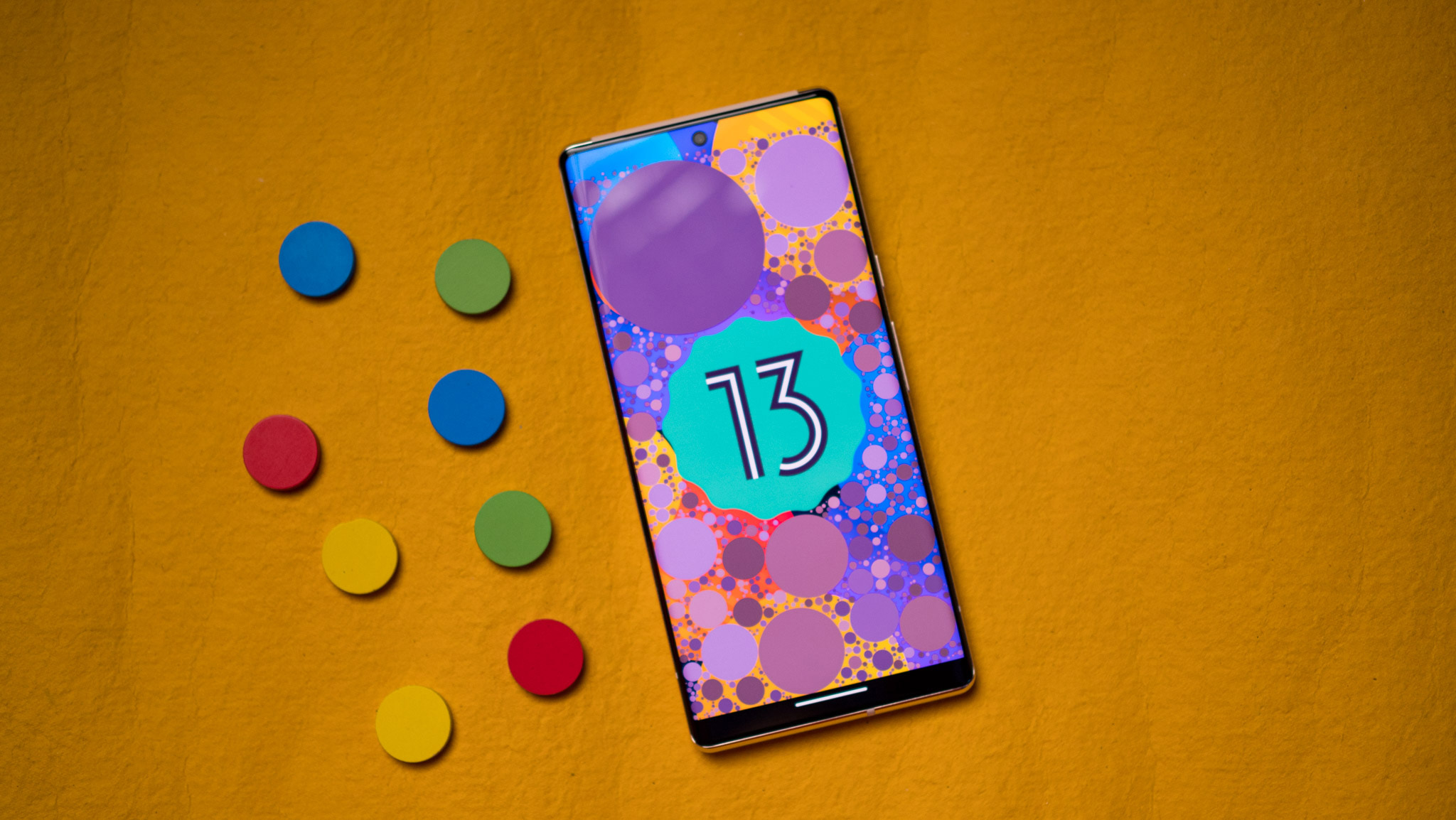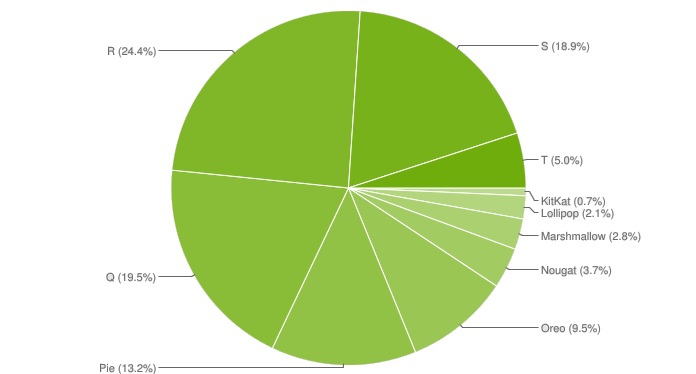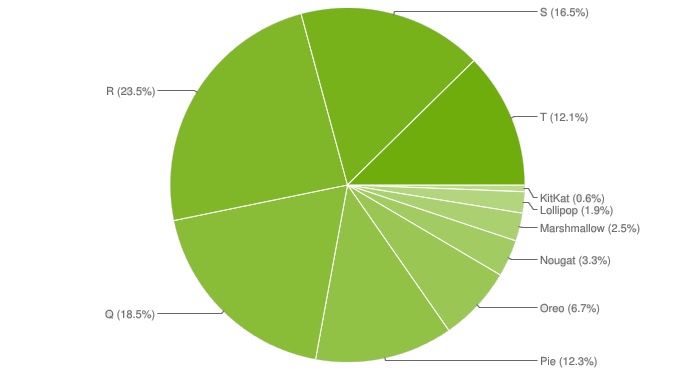
What you need to know
- A distribution report shows Android 13 is on 12.1% of devices as of April 2023.
- Adoption more than doubled after sitting at just 5% per the report for January 2023.
- Android 11 is still featured on the majority of Android devices, as it currently holds at 23.5%.
- Android 14 has recently moved into its first official beta for Pixel phones.
Android 13 is Google's latest software iteration for the millions of phones in the world, but its newest distribution report paints an intriguing picture.
Google's quarterly distribution report (formerly monthly) of its software states Android 13 is seeing a bit of an increase in device adoption (via 9to5Google). While not currently yet on Android Studio, the report states Android 13's first appearance in the market share report saw it featured on just 5% of devices around the world in January 2023, following its release in August 2022.
Flash forward to now, April's report states Android 13 has more than doubled its phone adoption and is now sitting at 12%. Perhaps this number isn't as high as folks would like to see. Presently, Android 11 is the software with the highest phone adoption rate, as it is currently featured on 23.5% of devices. That software was released nearly three years ago, on September 8, 2020.


After that, Android 10 comes in at 18.5%, and Android 12 with 16.5% device adoption. The difference in software usage is a headscratcher. It gets even more interesting when you consider Android 8 is being used on 6.7% of devices in the world. Android 13 is only double that number after its low appearance at the top of the year.
A contributing factor to Android 13's adoption percentage increase may be due to Samsung's release of the Galaxy S23 Ultra and co. Similarly, Samsung seemed keenly focused on rolling out the latest major Android OS to its wealth of devices since late last year and has done a pretty good job.
OEMs are pretty much left to their own pace when it comes to an update cadence. The Nothing Phone (1) only got its stable Android 13 build with OS version 1.5.2 in February. Other OEMs such as ASUS, Xiaomi, and OnePlus have also distributed Android 13 among their devices. Even LG started pushing the software to its final batch of flagship phones.
Another contributing factor could be when a phone reaches its "end" in terms of update cycles. Pixel phones receive major OS updates for three years, while Samsung has committed to five. After that, it's up to the consumer to buy a new one. We'll have to keep an eye on Android 13's distribution numbers as we slip into the summer months.
Nevertheless, Android 14 is coming as Google recently rolled out its first beta phase for Pixel phones.
Google's Pixel 7 Pro is a seamless meld of AI tools and Android software. The device's 6.7-inch display can be uniquely yours as you utilize the customizable features of Material You to make your phone truly yours. Additional features for the Pixel 7 Pro include smart home controls, Pixel-exclusive updates, and fun photo editing tools.







